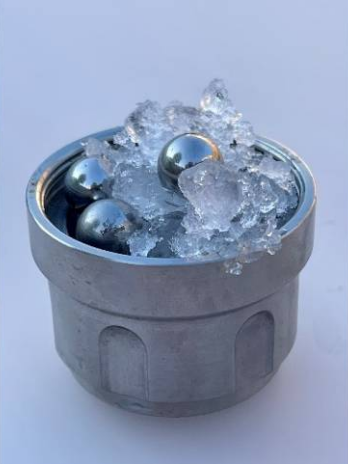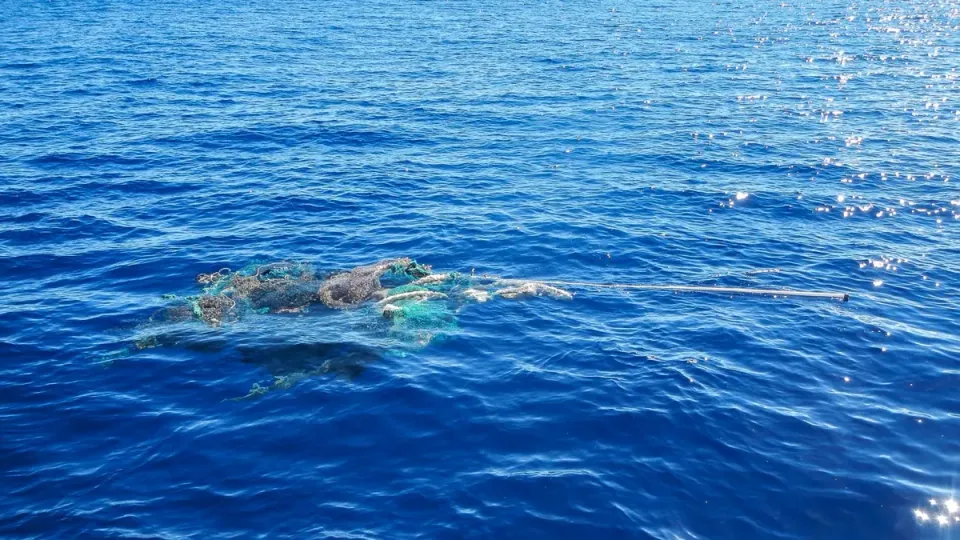Ice, Ice Baby! New Forms of Ice Discovered by Researchers
Researchers discover a new medium-density amorphous ice through a process called ball milling.

Water has many animalities that have baffled scientists for years. Like how water is most dense at 4°C, and becomes less dense the more it freezes. This is how ice floats in your glass. But how would you feel if your ice cube didn't sink or float, and just bounced around your glass? That's something researchers at UCL and the University of Cambridge may have discovered.
Researchers may have discovered a new type of ice - amorphous ice. In this form, the molecules are in more of a disorganized shape, rather than the organized shape found in crystallized ice. This type of ice is rare on Earth but abundant in space; due to the cooler environment, the ice does not have enough thermal energy to form crystals. The only place on Earth where this ice could be observed is in the upper levels of the atmosphere.
Researchers made this discovery through a process called ball-milling. They used liquid nitrogen to cool a mixing jar to -200°C. Then, they aggressively shook ice together with steel balls in the jar. Instead of finding your usual crystalline ice, a more amorphous type of ice was discovered. However, unlike all other ices, the amorphic ice had the same density as liquid water and the state of the ice resembled water in its liquid form. The type of ice was named medium density amorphous ice (MDA). They observed the density based on how it reacted with the liquid nitrogen, through x-ray diffraction, and Raman spectroscopy.

Researchers suggested this type of ice may be found in more ice moons in our solar system, like those of Jupiter and Saturn. The forces from the gas giants may exert similar forces on ordinary ice, similar to the process of ball milling. One thing researchers discovered from the ice was what happened when it was warmed up.
Using calorimetry, researchers discovered the ice released a significant amount of heat after it was warmed and recrystallized. This led to the idea that the ice could possibly trigger tectonic motions on ice planets, like Jupiter's Ganymede. Scientists have discovered 20 crystalline forms of ice but only two forms of amorphic ice - high density and low density. Low-density amorphous ice was discovered in the 1930's as scientists condensed water vapor on a -110°C metal surface. High density ice was discovered in the 1980's when crystalline ice was compressed at -200°C. Now, medium density amorphous ice fills the gap.
There are still some questions to find answers to- like that the ice may be a glassy state of liquid water and window glass is the solid form of liquid silicon dioxide. Another is that MDA is not glassy but heavily sheared in a crystalline state. Researchers hope to continue performing tests to come to conclusions about the future of medium density amorphous ice.
For more information, you can read the study here: https://www.science.org/doi/10.1126/science.abq2105



